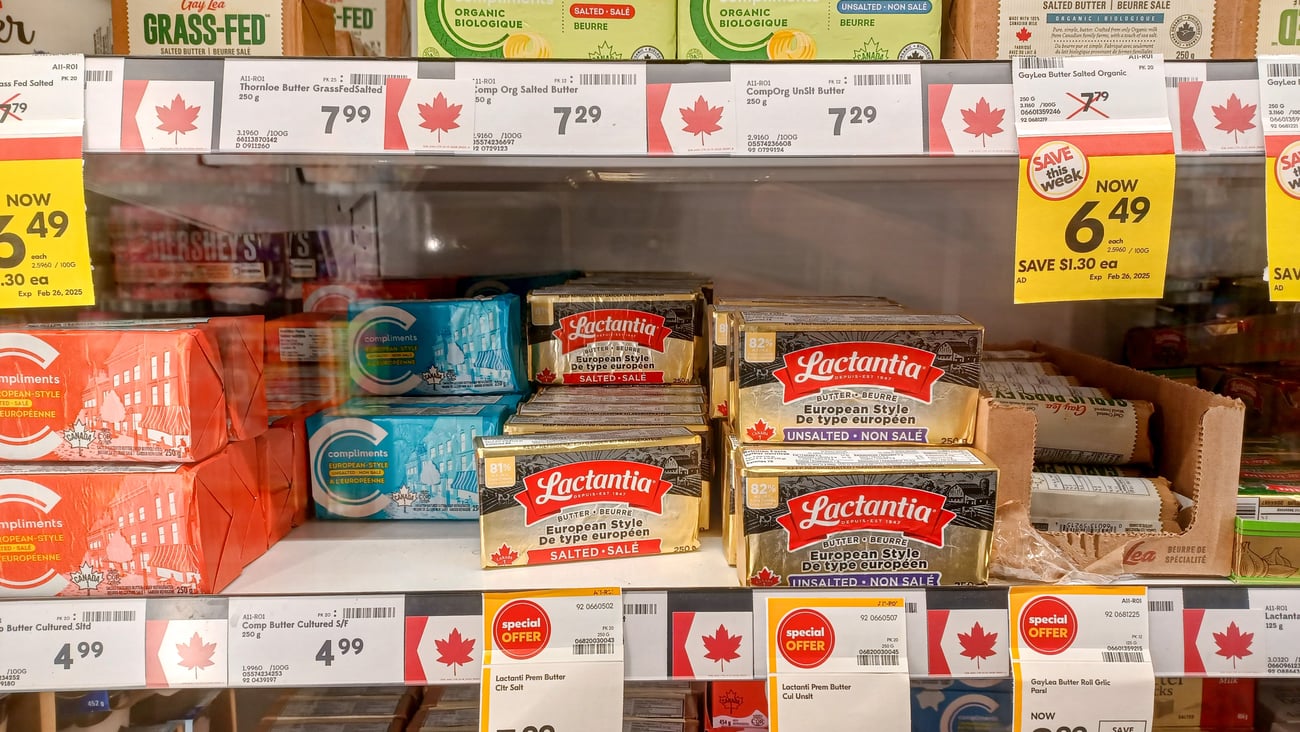Serving up good food for all
Most Canadians view themselves as living a healthy lifestyle. In fact, when asked, only 13% said they thought of themselves as not being healthy. While this speaks to the generally positive perception Canadians have about their health, a divide does exist. Across income levels, those who earn less money are less likely to consider themselves “healthy.”
As grocers increasingly tie their success to the impact they have on the communities they serve, they can excel in helping all Canadians live healthier lives. According to Mintel’s research on fruits and vegetables, Canadians view access to these nutritious foods as a right. In fact, the research reveals that four in five Canadians agree with the statement: “it’s important for everyone to have access to fresh produce,” regardless of income. This suggests that “health for all” is a message shoppers would be receptive to.
With one in eight people in Canada estimated to be food insecure, food waste is contributing to the problem. Estimates point to $31-billion worth of food ending up in land fills each year; food that could be put to better use.
The good news, perhaps, is that there has never been more opportunity to leverage ingenuity in addressing this challenge. New and creative ways to give consumers access to better-for-you foods are emerging in the market, leveraging both technology as well as simple, practical methods. Not only do these innovations hold the potential to benefit those in lower-income households, but Canadians across all income strata.
Examples are apps that promote waste reduction and at the same time offer lower-cost meals. Flashfood, for instance, is an app that enables grocers and restaurants to sell surplus food at discounts, allowing shoppers to save money while diverting waste from landfills. In the Netherlands, the app Cooking with Offers takes this a step further by notifying shoppers of ingredients on promotion and suggesting recipes.
Grocers can also take simple steps to help consumers eat healthier. In the United Kingdom, for instance, the grocer Asda created a box of “wonky veg” filled with misshapen vegetables that can feed a family for just $5.91. Mintel’s research shows that 42% of Canada’s fruit and vegetable consumers express interest in so called “ugly” produce, providing it is sold at a cheaper price. Interest rises among those who view themselves as struggling financially (56%). Further opportunity exists for grocers to enhance their image when it comes to promoting good eating habits. Select Loblaws and Sobeys locations, for example, offer free fruit to children under age 10, providing them with healthy treats when shopping with their parents.
While most Canadians perceive their lifestyles to be healthy, income clearly remains a barrier for many. Though closing the gap appears to be a daunting journey, there is no shortage of ideas aimed at making access to healthy foods easier. Grocers don’t have to solve the problem on their own, but they can certainly contribute to a healthier Canada.




